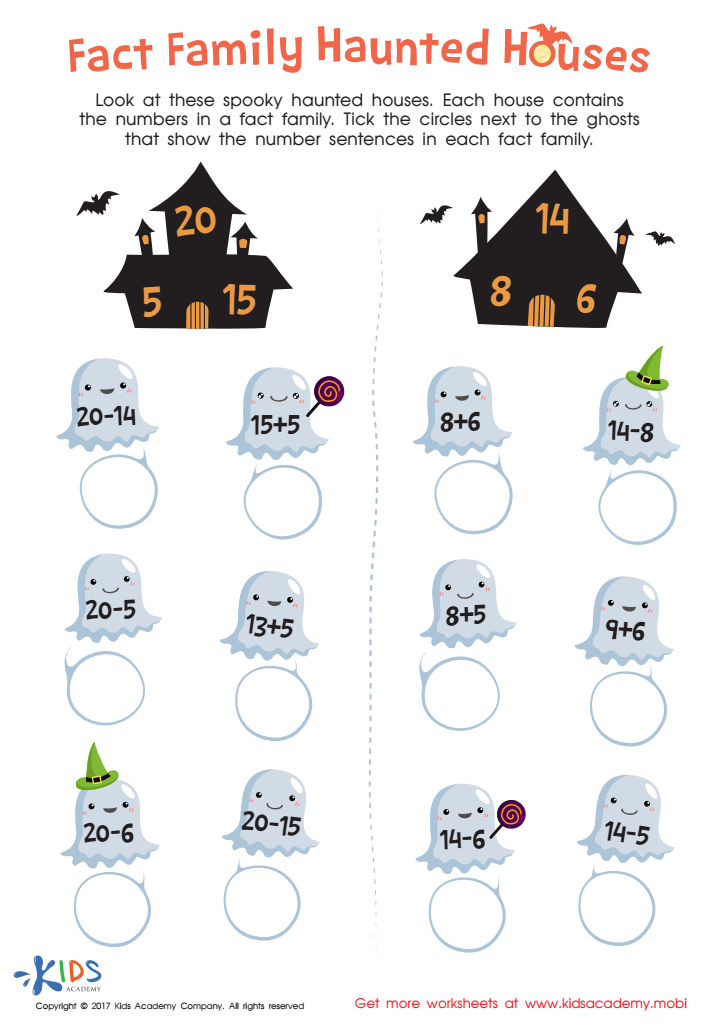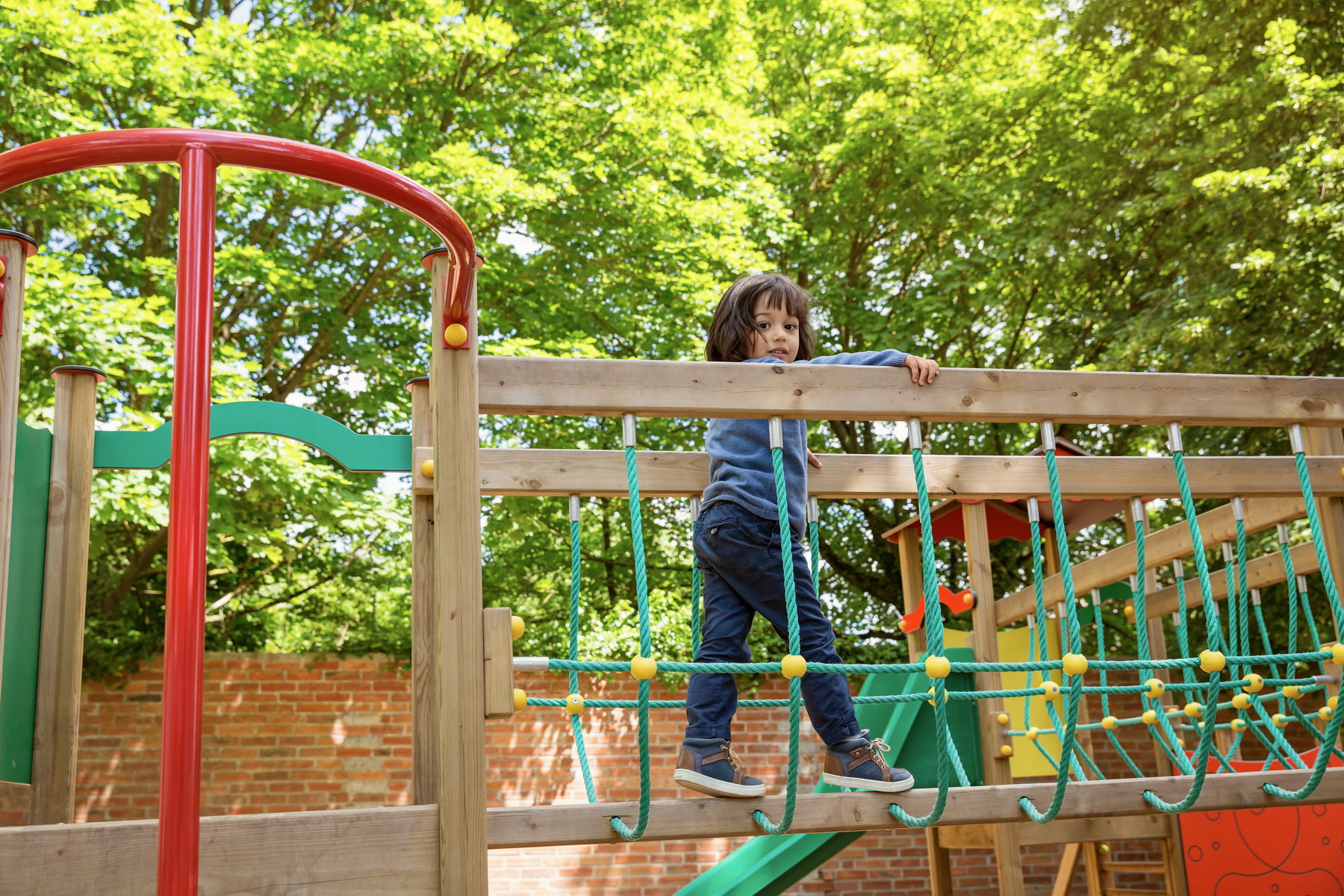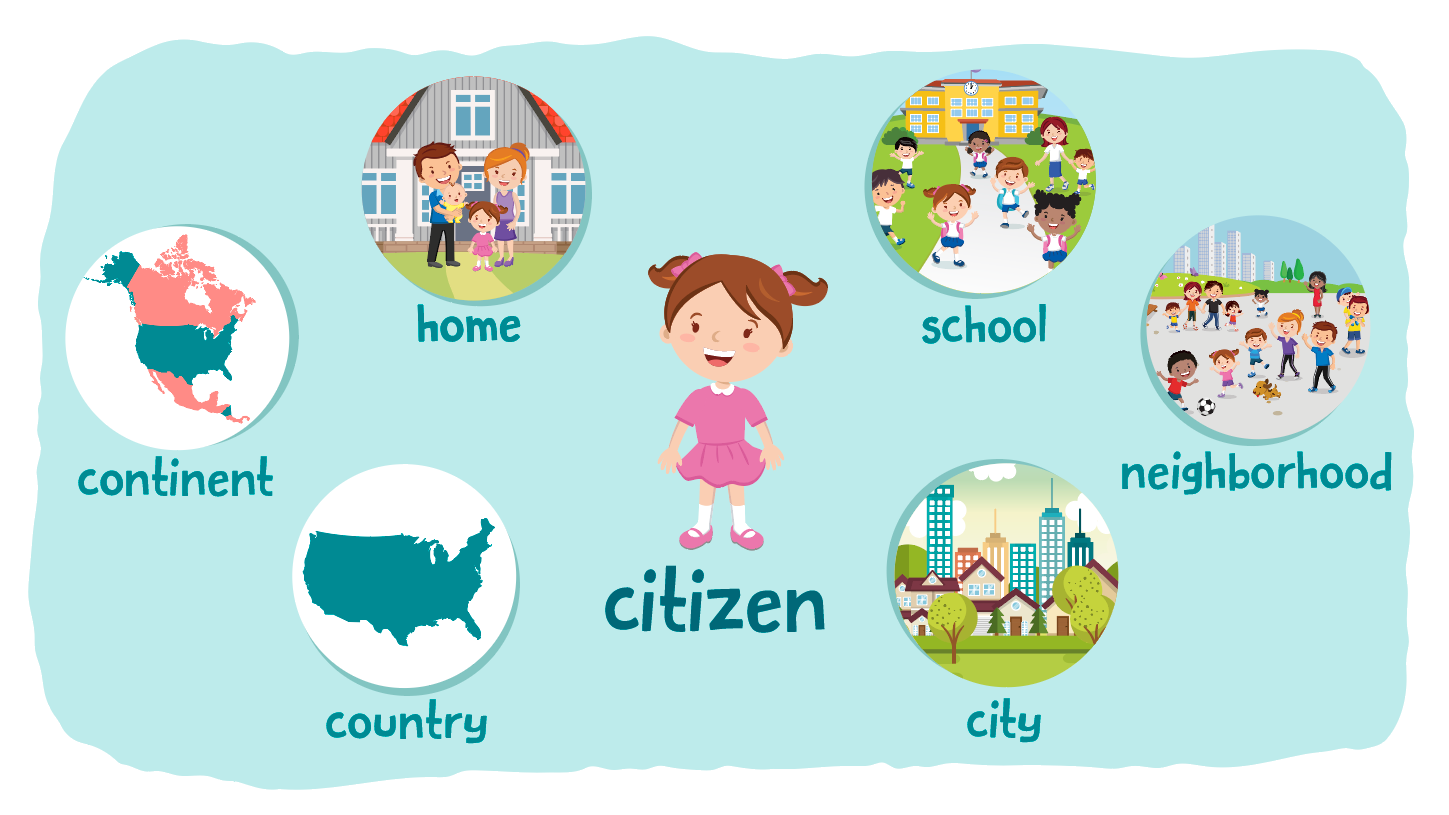Understanding fact families Normal Worksheets for Ages 3-8
5 filtered results
-
From - To
Discover our "Understanding Fact Families Normal Worksheets" designed for children ages 3-8! These engaging, age-appropriate worksheets introduce young learners to the foundational concept of fact families, helping them recognize the relationship between addition and subtraction. Fun, colorful illustrations and relatable scenarios make learning enjoyable and interactive. Kids will practice forming fact families through diverse exercises, reinforcing their math skills in a playful way. Ideal for home or classroom use, these worksheets are perfect for building confidence in young mathematicians. Enhance your child’s understanding of numbers and relationships with our expertly crafted resources that cater to early learners. Download yours today!
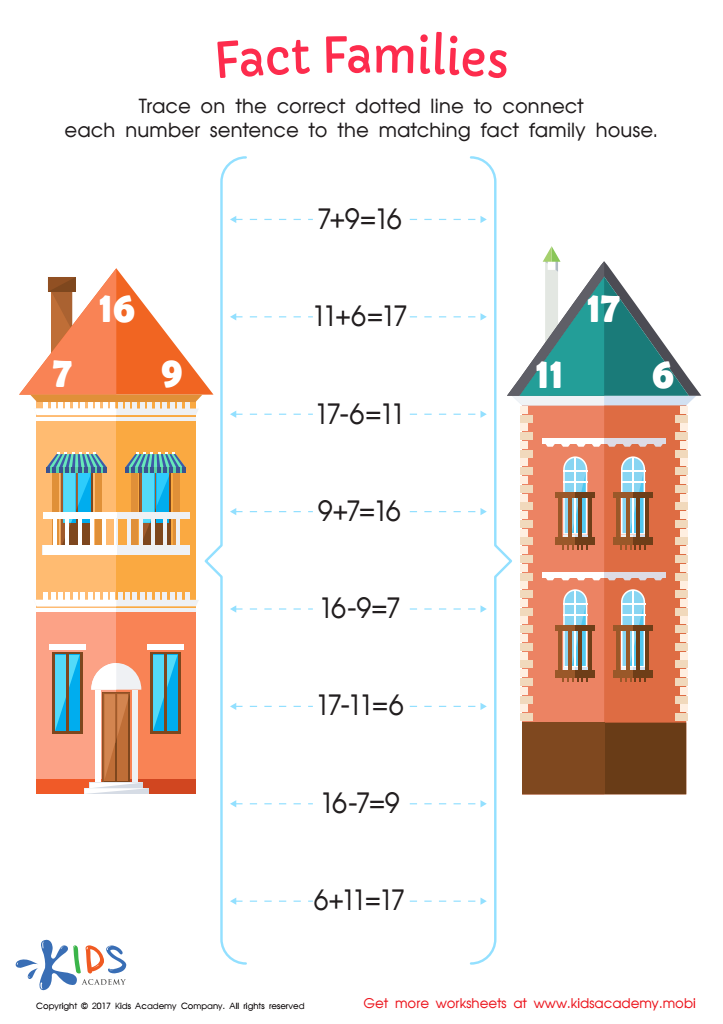

Fact Families — Add and Subtract Worksheet
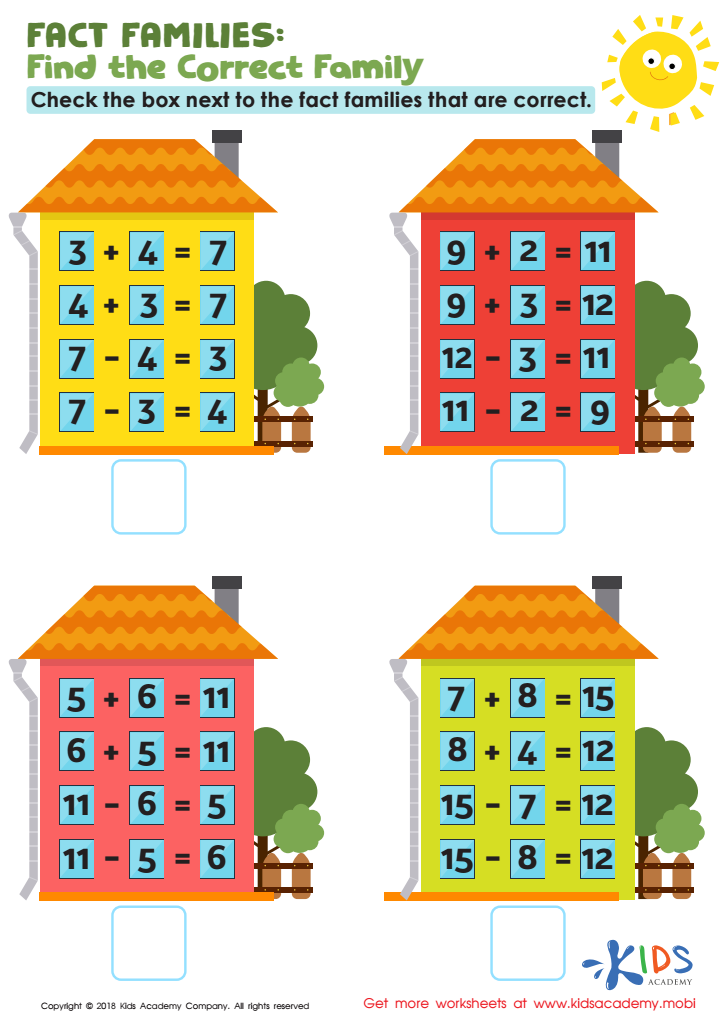

Fact Families: Find Correct Family Worksheet
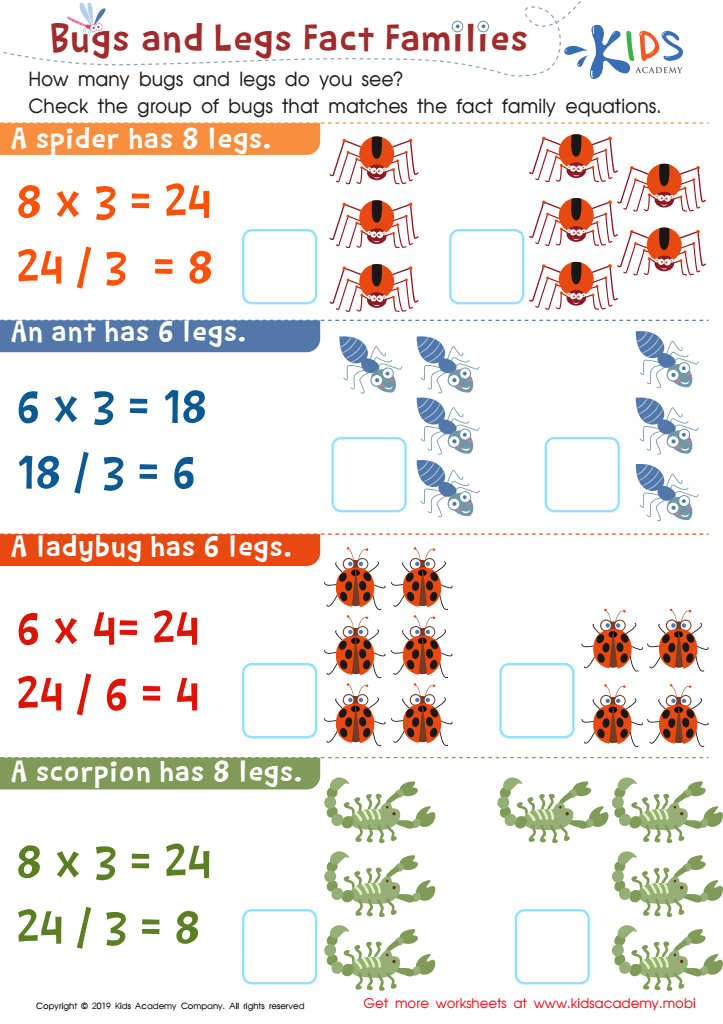

Bugs and Legs Fact Families Worksheet
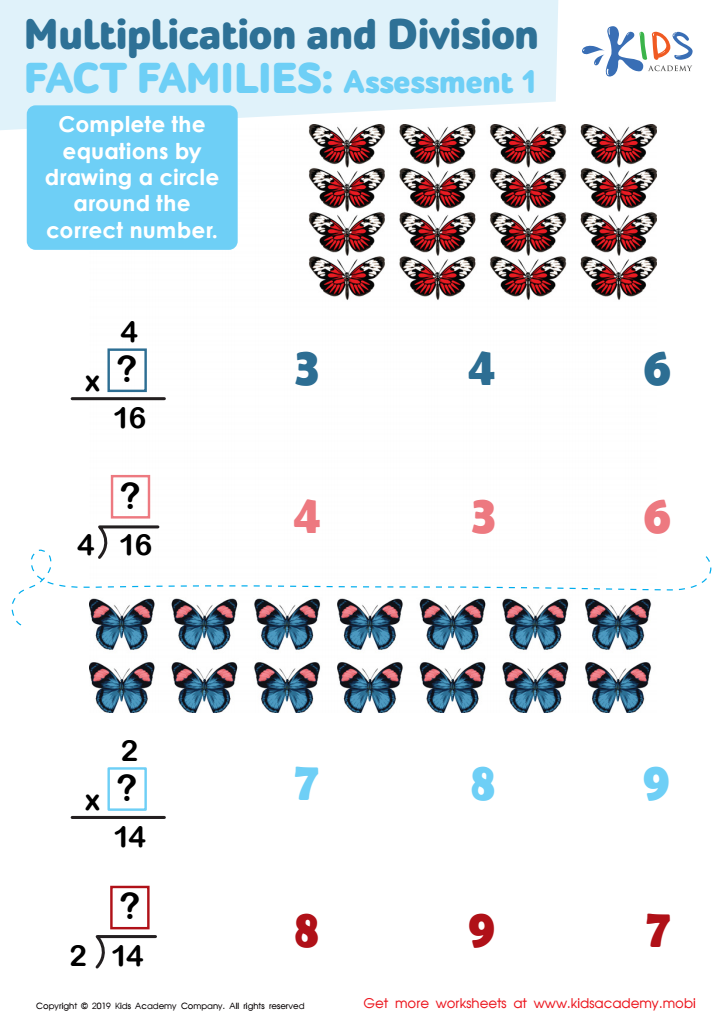

Multiplication and Division Fact Families Assessment 1 Worksheet
Understanding fact families is crucial for parents and teachers of children aged 3-8 as it lays the foundation for essential mathematical skills. Fact families consist of related addition and subtraction or multiplication and division equations that share the same set of numbers. For instance, the numbers 2, 3, and 5 can create the addition facts 2 + 3 = 5 and 3 + 2 = 5, as well as the subtraction facts 5 - 2 = 3 and 5 - 3 = 2.
By grasping fact families, children gain a clearer understanding of number relationships, helping them to become fluent in basic arithmetic. This comprehension fosters problem-solving abilities and enhances their overall mathematical reasoning. Additionally, recognizing patterns within fact families boosts children’s confidence and mathematical resilience.
Moreover, when parents and teachers engage with children about fact families through games and practical activities, they promote collaborative learning and reinforce vital social skills. As children progress with their understanding of numbers, supporting their early mathematical experiences earns dividends later in their education, priming them for more complex concepts in geometry and algebra. Hence, nurturing a grasp of fact families is a pivotal step in their educational journey.
 Assign to My Students
Assign to My Students
